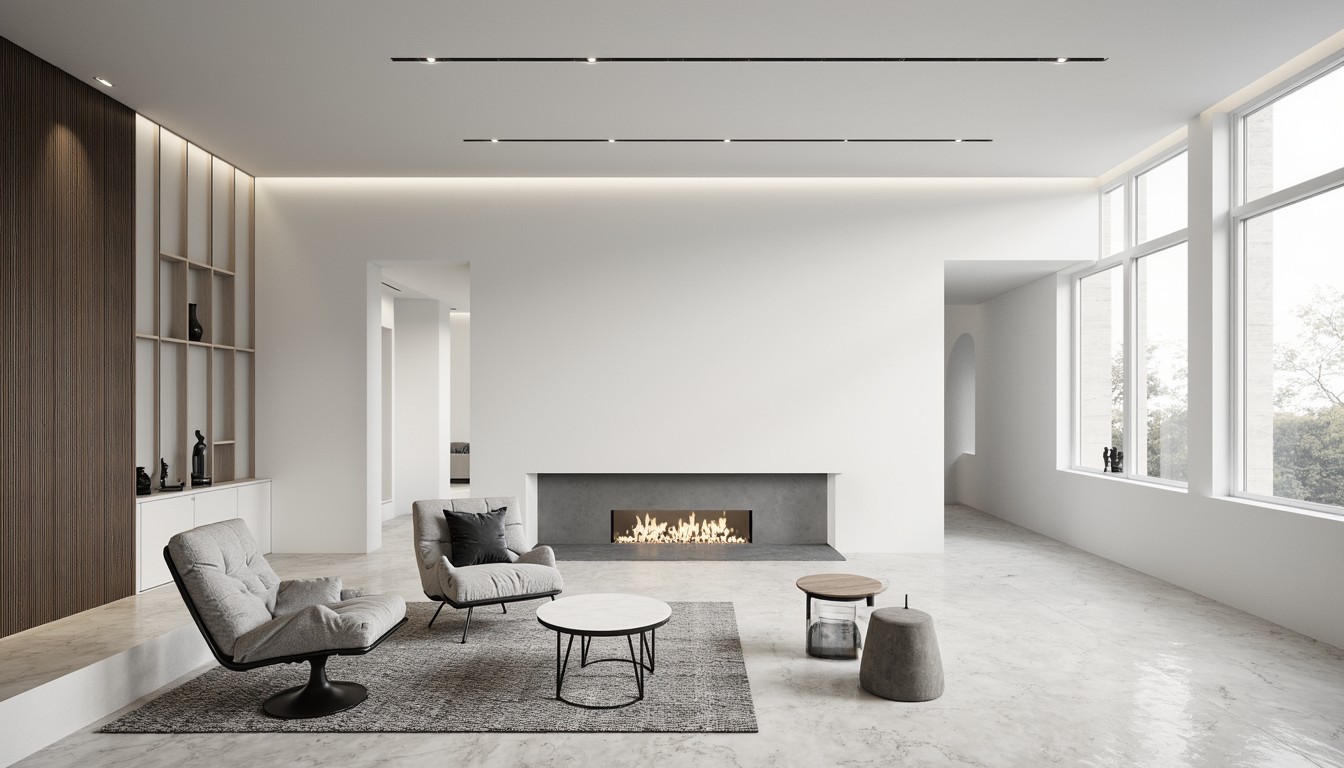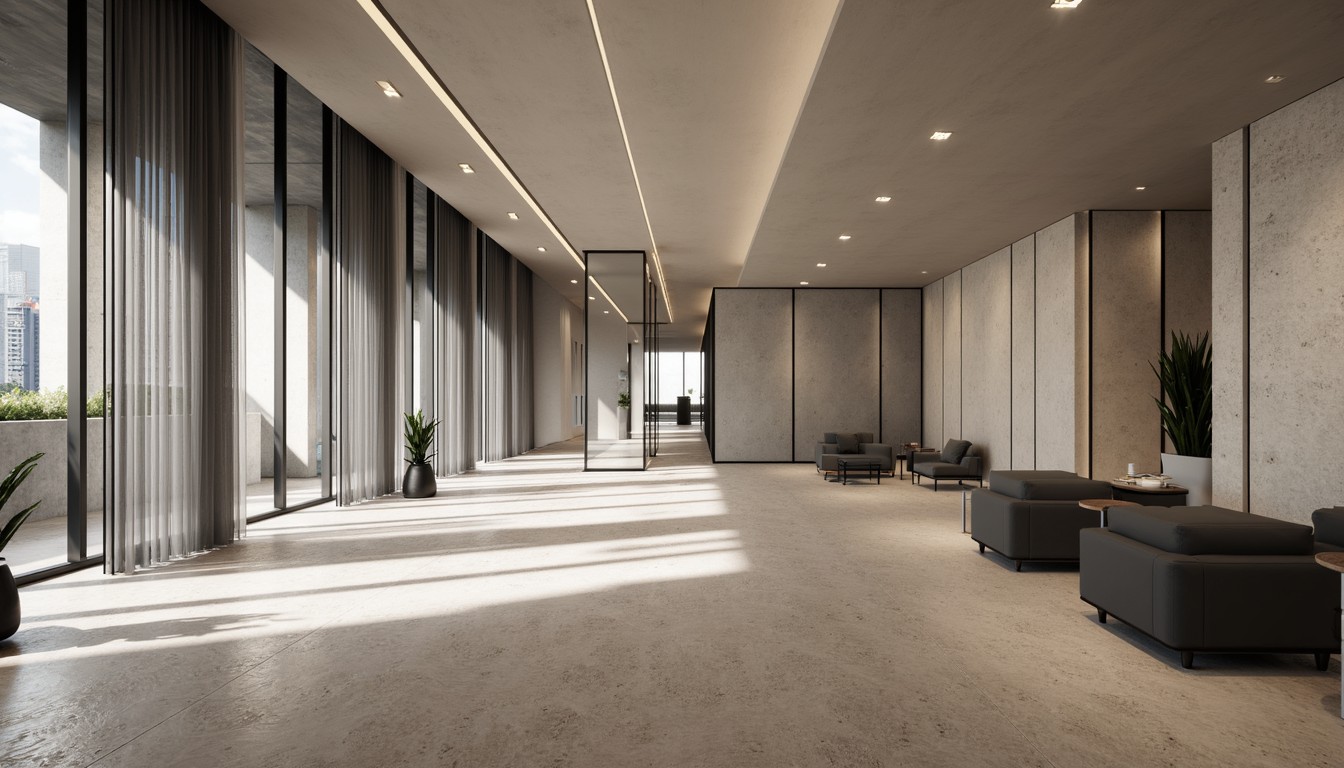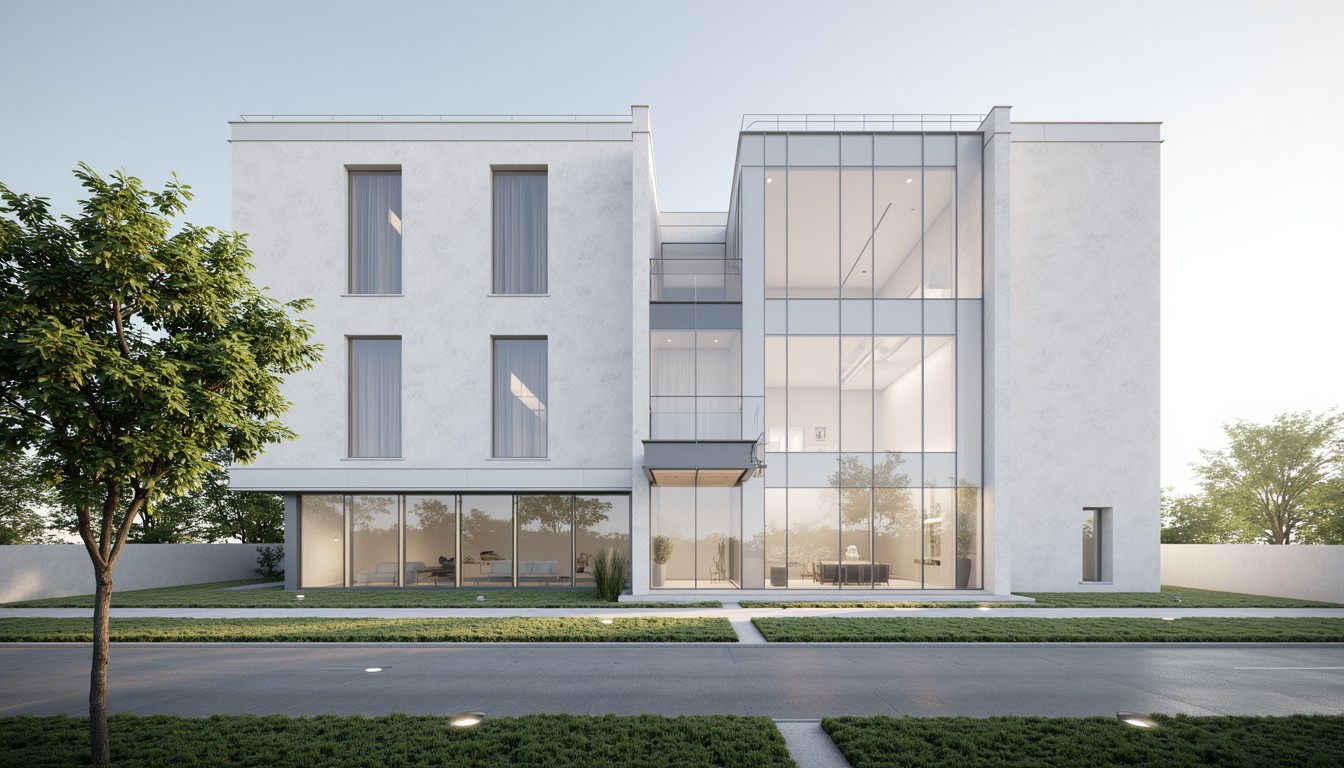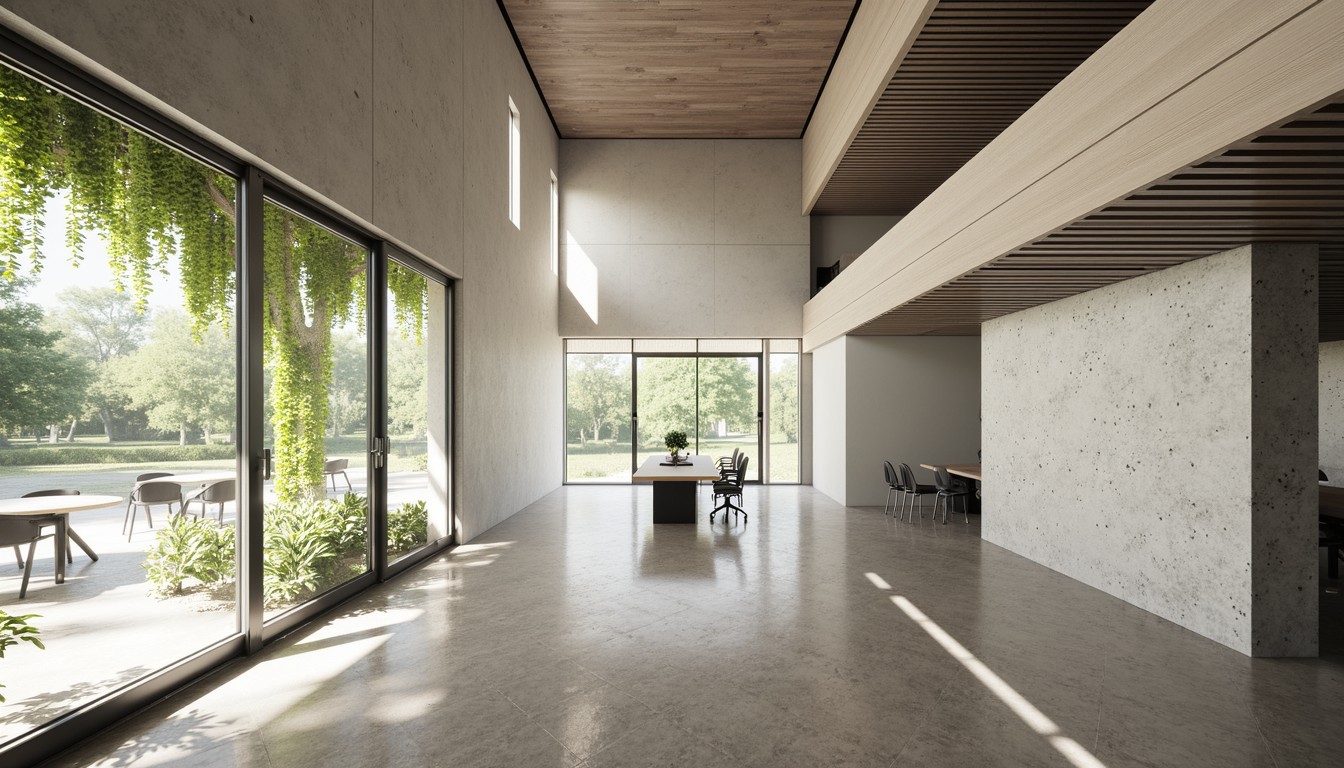Immersive Design: Revolutionizing Architecture with VR & AR
The architectural landscape is undergoing a dramatic transformation, driven by the convergence of cutting-edge technology and the ever-evolving needs of clients and designers. At the forefront of this revolution are Virtual Reality (VR) and Augmented Reality (AR), two immersive technologies that are reshaping the way architects design, visualize, and present their projects. ArchNav is at the leading edge of this exciting evolution, offering unparalleled expertise in leveraging VR and AR for architectural visualization.
Understanding the Power of Immersive Technologies

VR and AR offer unique advantages in the architectural design process. VR creates fully immersive, interactive 3D environments, allowing users to “step inside” a building before it's even built. This provides an unparalleled level of understanding and engagement, allowing architects and clients to experience the space, light, and scale in a truly realistic way. AR, on the other hand, overlays digital information onto the real world, enhancing the user's perception of their surroundings. This can be used to visualize a proposed building design superimposed on an existing site, allowing for better understanding of context and scale.
Virtual Reality (VR) in Architectural Visualization:
VR's impact on architecture is undeniable. Architects can use VR to:
- Conduct immersive walkthroughs: Experience the spatial relationships, light, and materials of a design from the perspective of an occupant.
- Enhance client collaboration: Facilitate more effective communication and feedback by allowing clients to actively participate in the design process through immersive experiences.
- Identify design flaws early on: Detect potential issues with spatial flow, lighting, and accessibility before construction begins, saving time and money.
- Improve design decisions: Explore multiple design iterations in a virtual environment, leading to more informed and refined architectural solutions.
- Create compelling marketing materials: Showcase projects in a dynamic and engaging way, attracting potential clients and investors.
Augmented Reality (AR) in Architectural Design:
AR offers a different, but equally powerful, approach to architectural visualization. Architects can use AR to:
- Overlay 3D models onto real-world sites: Visualize how a building will fit into its surroundings, considering factors such as sunlight, shadows, and neighborhood context.
- Interactive site analysis: Access real-time data about the site, such as topography, utilities, and environmental conditions, directly integrated into the AR experience.
- Client presentations: Engage clients with interactive presentations that bring designs to life in a tangible and memorable way.
- Construction visualization: Guide contractors and construction crews by overlaying digital models onto the physical construction site.
- Interior design exploration: Explore different furniture layouts and décor options within a space before committing to real-world purchases.
Real-World Applications and Case Studies

The applications of VR and AR in architecture are diverse and constantly expanding. For instance, Zaha Hadid Architects has used VR to collaborate with clients and refine designs, while other firms are using AR to showcase proposals to city councils and community stakeholders. The use of these technologies is not limited to large firms; smaller practices are also leveraging VR and AR to enhance their design processes and compete effectively in the market.
Consider a project involving a complex urban redevelopment. Using VR, architects can create a fully immersive simulation of the proposed development, allowing stakeholders to walk through the streets, see how buildings interact with each other, and experience the impact on the surrounding environment. This level of immersion fosters better understanding and facilitates more informed decision-making.
The Future of Immersive Design in Architecture

The future of architecture is undeniably immersive. As VR and AR technologies continue to evolve, we can anticipate even more sophisticated and integrated applications within the design process. Improved hardware, more intuitive software, and the increasing affordability of these technologies will make immersive design accessible to a wider range of architects and clients.
We can expect to see advancements in areas like haptic feedback, which will allow for a more tactile experience in VR, and the seamless integration of data from various sources into AR experiences. This will lead to a more holistic and data-driven design process, enabling architects to create more sustainable, efficient, and user-centric buildings.
ArchNav: Your Partner in Immersive Architectural Visualization
ArchNav is a leader in providing cutting-edge architectural visualization services, leveraging the power of VR and AR to deliver exceptional results for our clients. We understand the nuances of architectural design and the importance of effective communication between architects and clients. Our team of experienced professionals is dedicated to creating immersive experiences that enhance the design process, facilitate informed decision-making, and ultimately, help you bring your architectural vision to life. Contact us today to learn more about how we can help you harness the power of immersive design.
